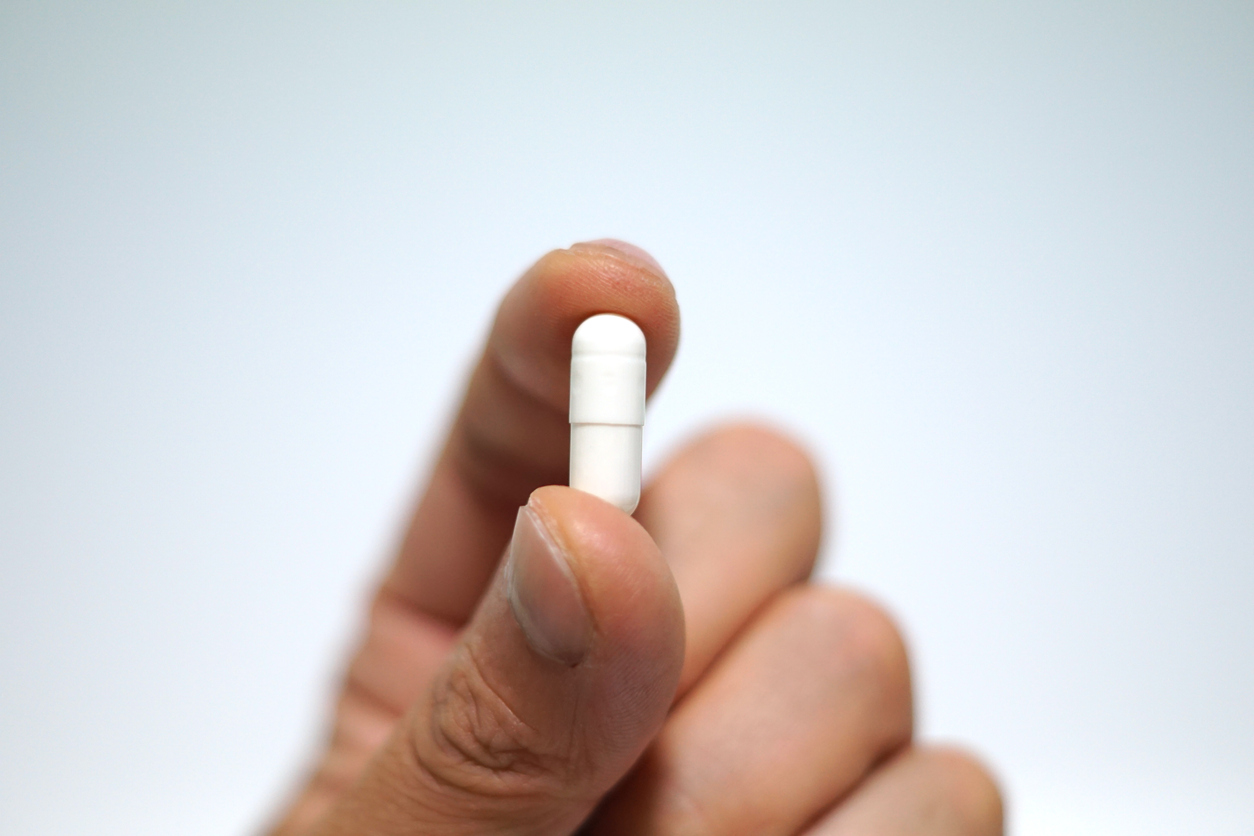
The U.S. Centers for Disease Control and Prevention issued the 2017 Youth Risk Behavior Surveillance (YRBS) report which outlined current trends among the nations youth. The data indicates positive behaviors in regards to healthy sex and sexual practices, but leaves more to be desired when it comes to attitudes towards suicidal idealization and eCigarette behavior.
Kathleen Ethier, director of the Division of Adolescent and School Health, authored the report. “We’re seeing increases in experiences of persistent feelings of sadness and hopelessness and suicide ideation and behaviors,” she said. “And so that remains a great concern.”
The report collected data from 3.8 million 9th through 12th graders in over 1,700 various surveys. The questionnaire allowed students a confidence in anonymity, though parental permission was required. However, the survey participation does not include responses from home-schooled children.
Every other year since 1991, the Youth Behavior Survey has been conducted to understand trends in youth across the country. With an ever-changing landscape of concerning behaviors such as online bullying or the rise in electronic cigarettes, the public report helps other agencies determine how to target the at-risk population in more meaningful ways.
Sexual Behaviors and Sexuality
Sexual behaviors have decreased among youth over the last decade, from 47.8% in 2007 to 39.5% in 2017. However, those numbers show condom use has decreased as well and indicates a concern in HIV and STD risk.
In 2007, of those who reported they were sexually active, 61.5% reported they used a condom, compared to 53.8% in 2017. This indicates a need to emphasize HIV and STD prevention as part of adolescent health curriculums.
The survey for 2017 included an option for sexual orientation identification as well as options for the gender of sexual partners. These questions initially originated in the 2015 survey.
Substance Abuse
High-risk substance abuse dropped from 22.6% in 2007 to 14% in 2017. This includes drugs such as cocaine, ecstasy, hallucinogens, heroin, inhalants and meth. The findings do indicate that 14% of students reported they misused prescription medication, either without a prescription or by not following the directions as prescribed. This raises a concern as the nation is currently experiencing an opiate epidemic.
Safety and Mental Health
There has barely been any increase or decrease in the amount of students who reported being bullied over the last decade (19.9% vs. 19%). Of the numbers that increased were those who experienced persistent feelings of sadness or hopelessness, attempting suicide, and safety concerns which resulted in truancy.
Nationwide, the rise in suicides has increased in every state. The CDC recently published a report outlining the disturbing details.
Dr. Bela Sood is the senior professor for child and mental health policy at the Virginia Treatment Center for Children at Virginia Commonwealth University, Richmond. Though she was not involved in the YRBS, she was referenced in a CNN article as saying the results were “very disturbing trends”.
“We clearly have not found what is that element which we need to put into place so that these risk behaviors go down,” she said. “I think that’s the implication of these statistics, that they tell you where to put your efforts.”
Summary
Though the results provide and offer insight into current teenage trends, it does not point to causation. Experts in the field of youth behaviors all agree that the more results these types of studies produce, the quicker they can implement strategies to combat the risky behaviors and target areas of concern.
“We hope that the work that we do in schools around helping school districts put quality health education in place so kids have knowledge and skills, connect youth to needed services in their communities and create environments that support them and help them safe,” Ethier said.
“We hope that that work and those messages are getting out there, and that’s what’s driving the positive behavior changes.”





